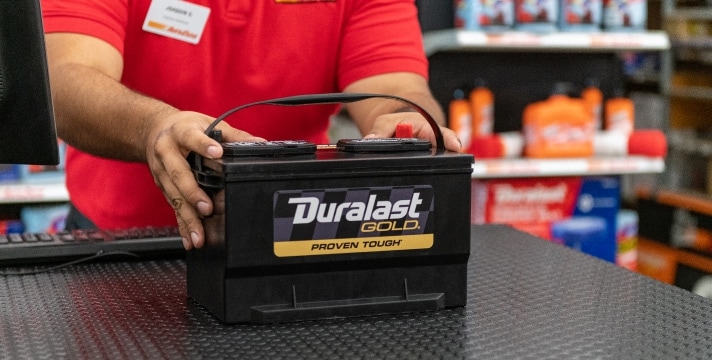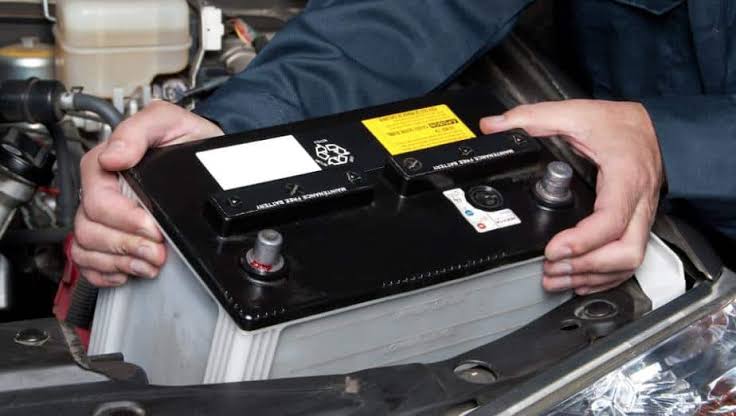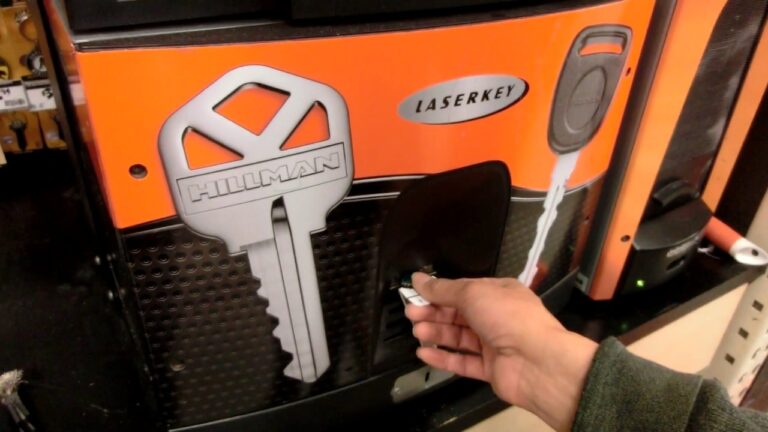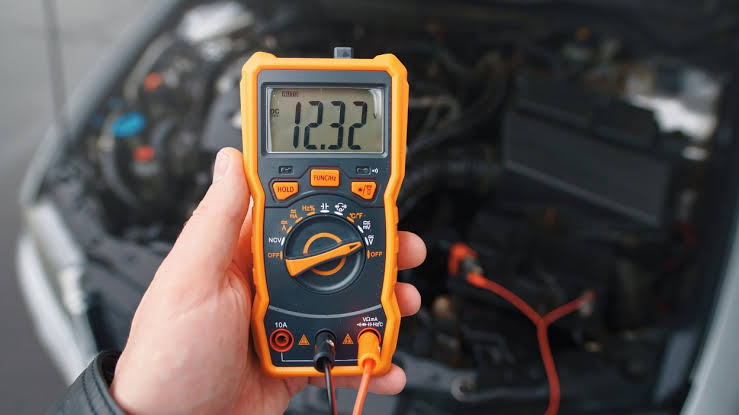Can A Bad Speed Sensor Cause Rough Idle?

When your vehicle is idling rough, it can be frustrating and concerning. Several potential issues could be at play, and one of the culprits could be a bad speed sensor. But can a bad speed sensor actually cause a rough idle? Let’s take a closer look at what a speed sensor does, how it affects your vehicle, and how a malfunctioning sensor could potentially lead to a rough idle.
What Is a Speed Sensor?
A speed sensor, also known as a vehicle speed sensor (VSS), is a component in your vehicle’s transmission or wheel hubs. It measures the rotational speed of the wheels or the driveshaft and sends that data to the engine control unit (ECU). The ECU uses this information to regulate various functions of the engine and transmission, including shifting gears and managing fuel flow.
Types of Speed Sensors:
- Vehicle Speed Sensor (VSS): This sensor typically monitors the rotation of the wheels or driveshaft and provides data to the ECU.
- Transmission Speed Sensor: This sensor monitors the rotation of the gears in the transmission to determine the vehicle’s speed and helps with gear shifting.
- Wheel Speed Sensor: Found in modern vehicles with anti-lock braking systems (ABS), this sensor helps monitor the speed of each wheel.
How Does a Speed Sensor Affect Your Vehicle?
The vehicle speed sensor plays a key role in regulating the car’s performance by providing crucial data to the ECU. When the ECU receives information from the sensor, it adjusts the engine’s fuel mixture, ignition timing, and transmission shifting. If the sensor is working properly, it ensures smooth and efficient operation of the vehicle.
However, when the speed sensor malfunctions, it can cause various problems with the vehicle’s performance.
Can a Bad Speed Sensor Cause Rough Idle?
Yes, a bad speed sensor can cause rough idling. Here’s how:
1. Incorrect Engine Control Adjustments
The ECU uses the speed sensor data to adjust key engine parameters. If the sensor is faulty and providing incorrect or inconsistent data, the ECU might struggle to make the necessary adjustments. This can lead to erratic engine performance, including a rough idle.
- Fuel-Air Mixture: The ECU uses speed data to adjust the fuel and air mixture. A malfunctioning speed sensor could lead to incorrect fuel delivery, causing the engine to run too rich or too lean, which can result in a rough idle.
- Timing Adjustments: The ECU also uses speed sensor data to adjust ignition timing. If the sensor is providing incorrect readings, the engine’s timing could be off, causing poor performance, including rough idling.
2. Transmission Shifting Issues
A faulty speed sensor can also cause transmission-related problems, including poor shifting. While the rough idle itself is typically more of an engine issue, transmission problems caused by a bad speed sensor could contribute to overall rough performance.
- Erratic Shifting: If the ECU isn’t receiving accurate speed data, the transmission may shift improperly or erratically, which can affect engine performance at low speeds and during idle.
- Delayed Shifting: A bad speed sensor can cause the transmission to delay shifting, resulting in a lurching or jerking motion, which might feel like rough idle at times.
3. Influence on the Idle Air Control Valve (IAC)
The Idle Air Control (IAC) valve is responsible for controlling the amount of air that bypasses the throttle plate at idle. It plays a key role in regulating engine idle speed. A bad speed sensor can disrupt how the ECU communicates with the IAC valve, causing idle fluctuations.
- Idle Fluctuations: A bad speed sensor can lead the ECU to misinterpret the vehicle’s speed, causing the IAC valve to adjust the idle speed improperly, resulting in rough or inconsistent idling.
4. Check Engine Light
A malfunctioning speed sensor can trigger a check engine light (CEL), which might alert you to an issue with the sensor itself. In some cases, the engine will go into “limp mode,” which could cause a rough idle along with reduced performance.
- Diagnostic Trouble Codes (DTCs): When a speed sensor fails, it often triggers specific codes, such as P0500 (Vehicle Speed Sensor Malfunction) or P0720 (Output Shaft Speed Sensor Circuit Malfunction), which can be read using an OBD-II scanner. These codes can help pinpoint the exact problem.
Other Common Causes of Rough Idle
While a bad speed sensor can contribute to rough idling, it’s not the only potential cause. Other common reasons for a rough idle include:
- Dirty or Faulty Idle Air Control Valve (IAC): The IAC valve regulates the engine’s idle speed, and if it gets clogged or fails, it can cause a rough idle.
- Vacuum Leaks: A vacuum leak can cause a disruption in the air-fuel mixture, leading to rough idling or stalling.
- Dirty Fuel Injectors: Fuel injectors that are clogged or dirty can affect the engine’s ability to run smoothly, causing rough idling.
- Bad Spark Plugs or Ignition Coils: Worn-out spark plugs or faulty ignition coils can cause misfires, leading to a rough idle.
- Throttle Body Issues: A dirty or malfunctioning throttle body can disrupt airflow into the engine, causing rough idle.
How to Diagnose a Bad Speed Sensor
If you suspect that a bad speed sensor is causing your rough idle, it’s important to diagnose the problem accurately. Here’s how:
1. Check for Warning Lights
The first step is to check if your check engine light is on. A malfunctioning speed sensor will likely trigger a specific diagnostic trouble code (DTC) related to the sensor, which can be read with an OBD-II scanner.
2. Use an OBD-II Scanner
You can use an OBD-II scanner to retrieve diagnostic trouble codes (DTCs) from your car’s ECU. If the scanner detects codes related to the vehicle speed sensor, it’s a clear indication that the sensor may be faulty.
3. Check Vehicle Speed Readings
If you have access to a scanner that displays real-time data, you can monitor the speed sensor’s readings while driving. If the speed sensor is malfunctioning, you may notice erratic or inconsistent speed readings.
4. Inspect the Sensor and Wiring
Physically inspect the speed sensor and the wiring connected to it. Look for any signs of damage, corrosion, or loose connections that could be causing the issue.
5. Professional Diagnosis
If you’re unable to pinpoint the problem, it’s a good idea to take your car to a professional mechanic who can accurately diagnose and replace the faulty speed sensor if necessary.
Conclusion
In conclusion, a bad speed sensor can indeed cause rough idle. The sensor plays a crucial role in regulating the engine’s performance by providing vital information to the ECU. When the sensor malfunctions, it can lead to issues with fuel-air mixture, transmission shifting, and the idle air control valve, all of which can result in a rough idle. If you suspect a bad speed sensor is the culprit, it’s important to get the issue diagnosed and fixed promptly to avoid further complications. A professional mechanic or automotive technician can help replace the sensor and ensure your vehicle runs smoothly again.





